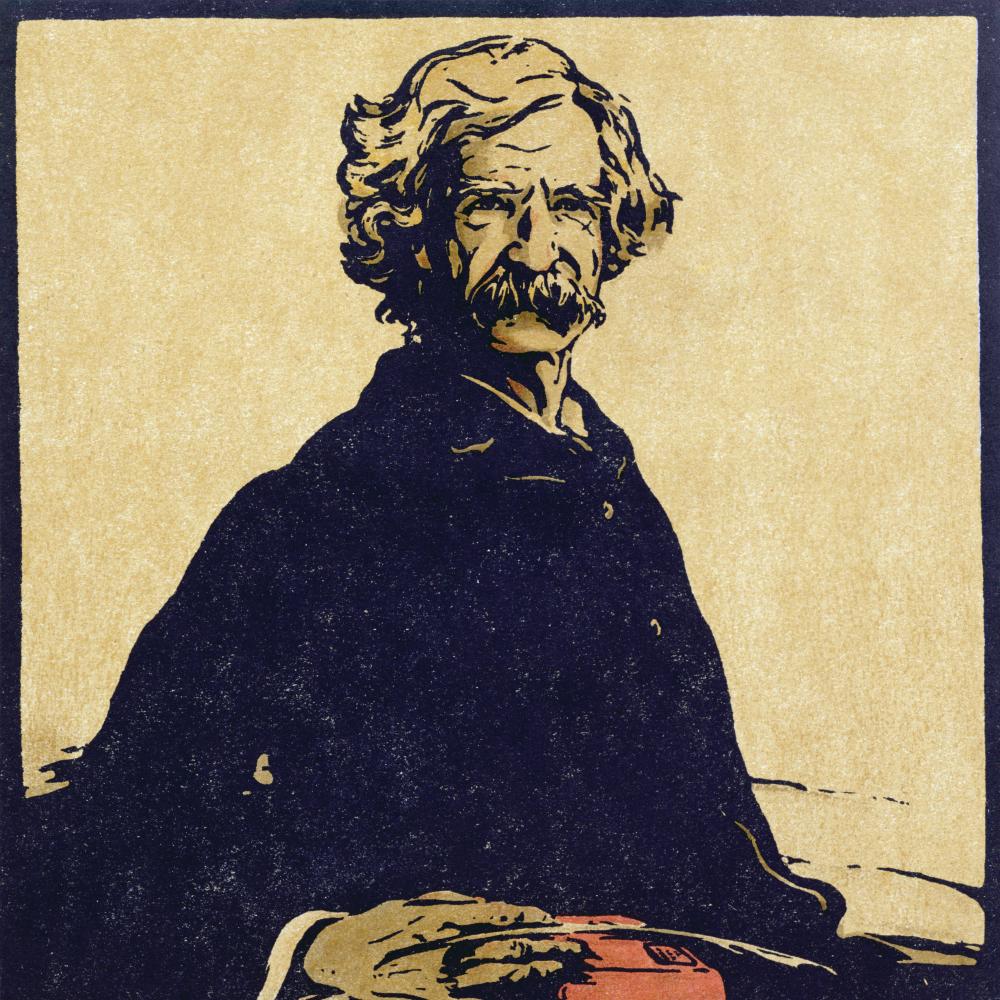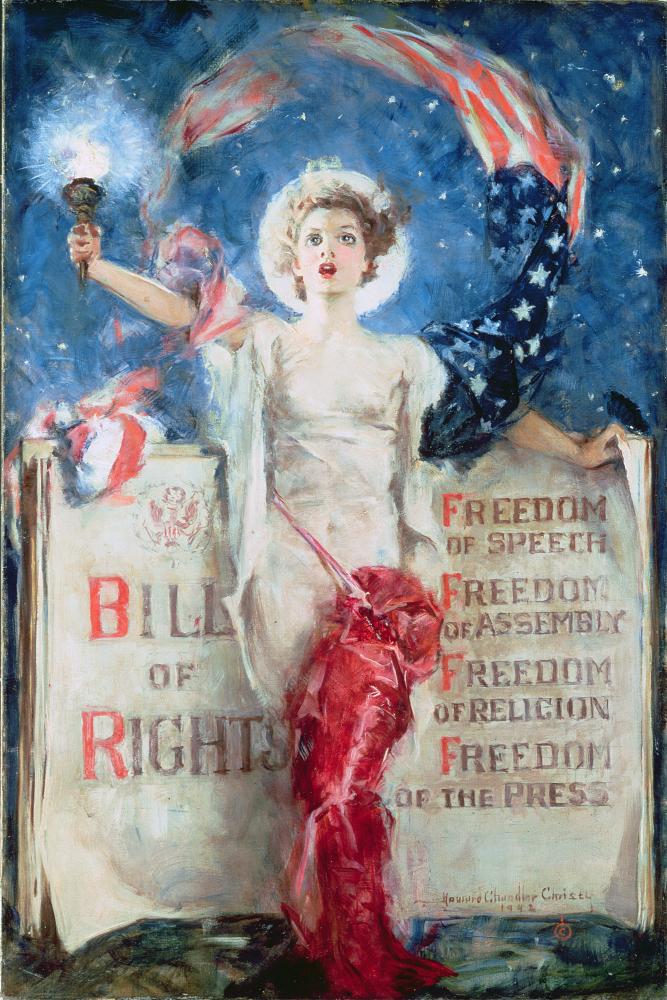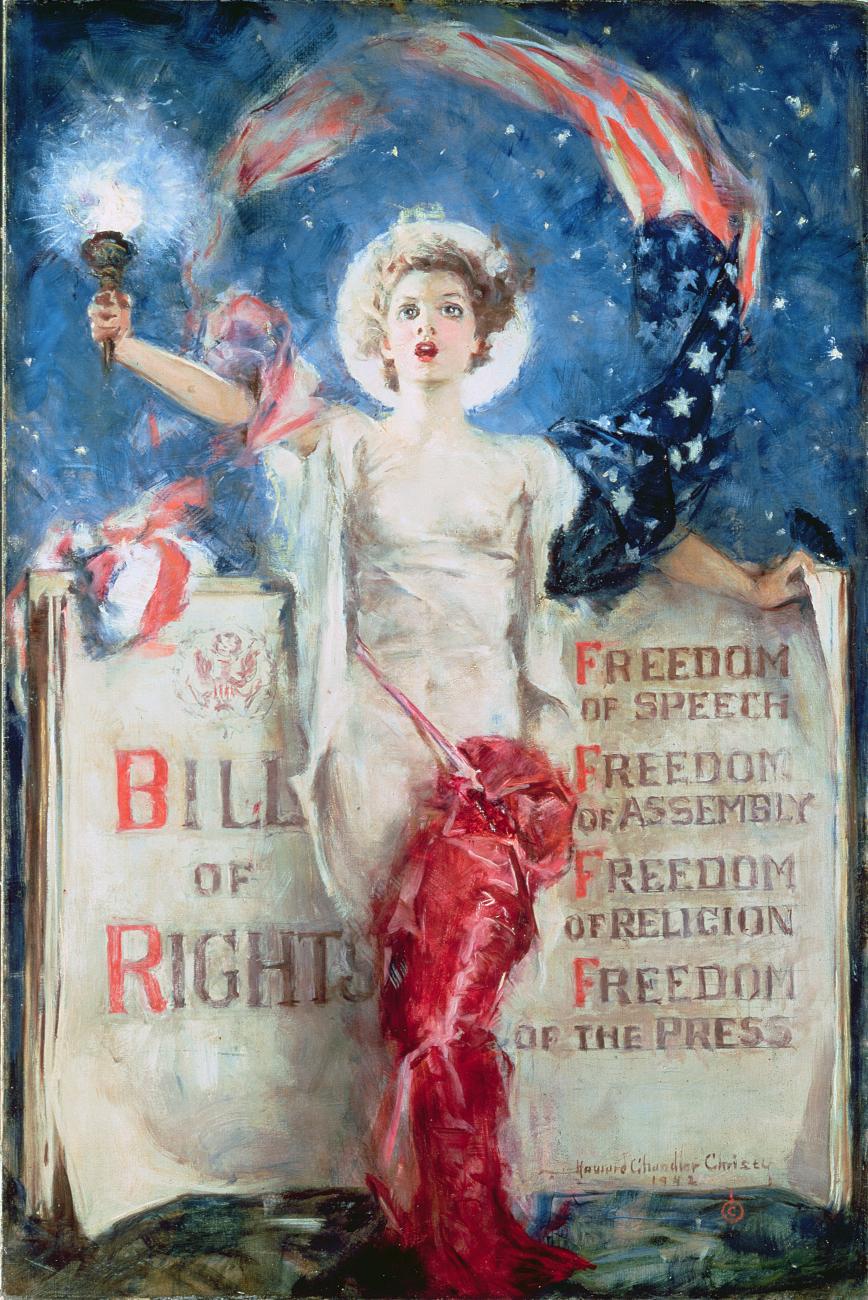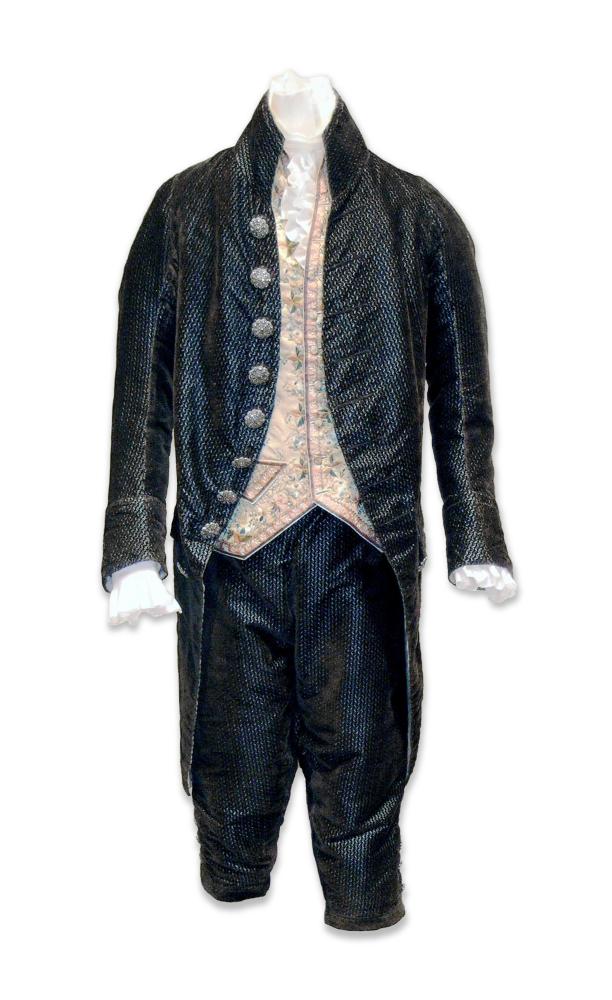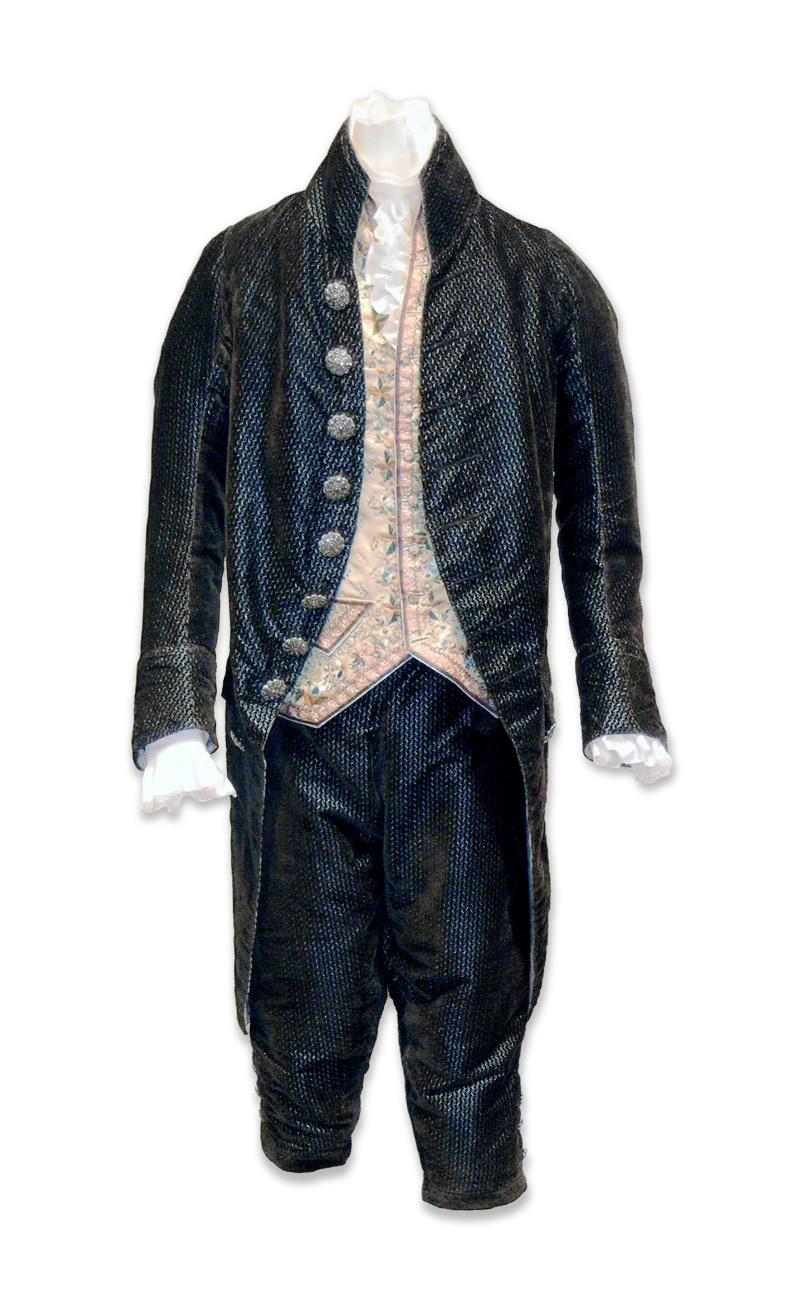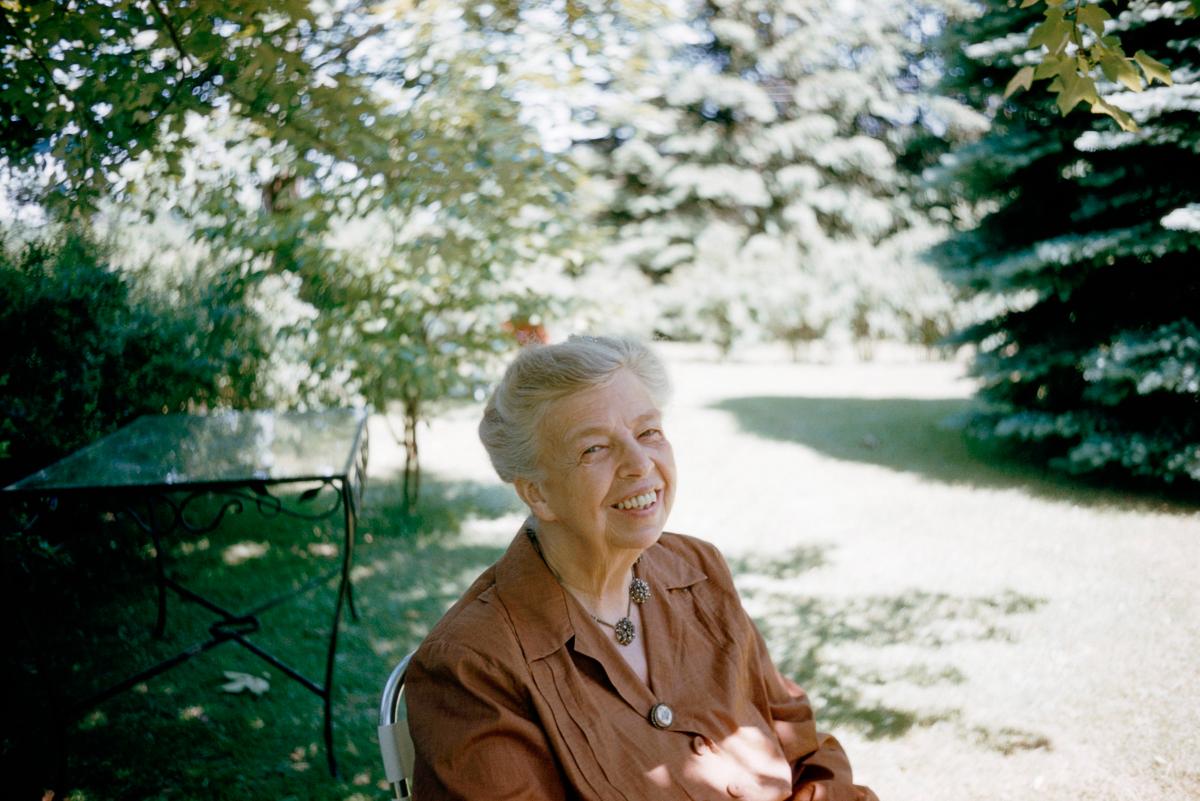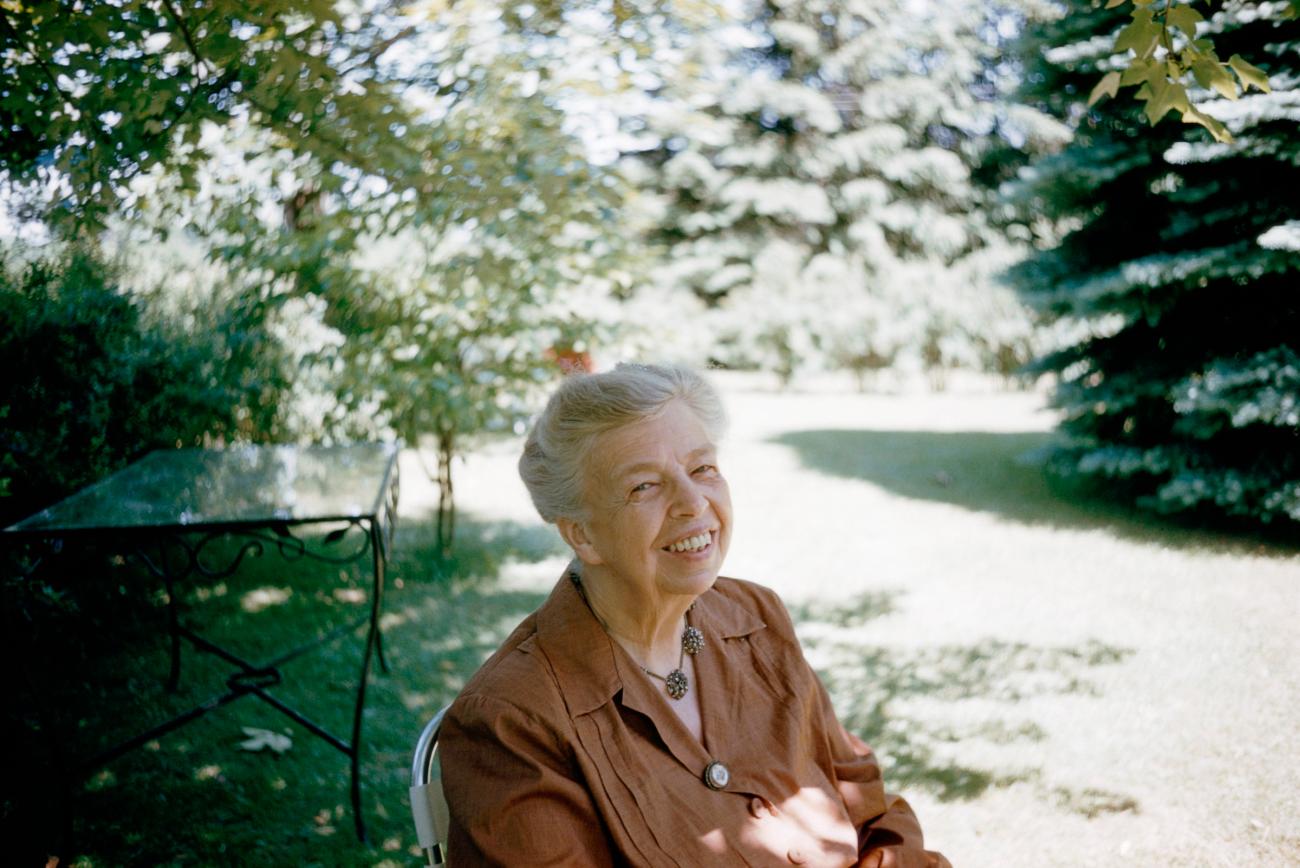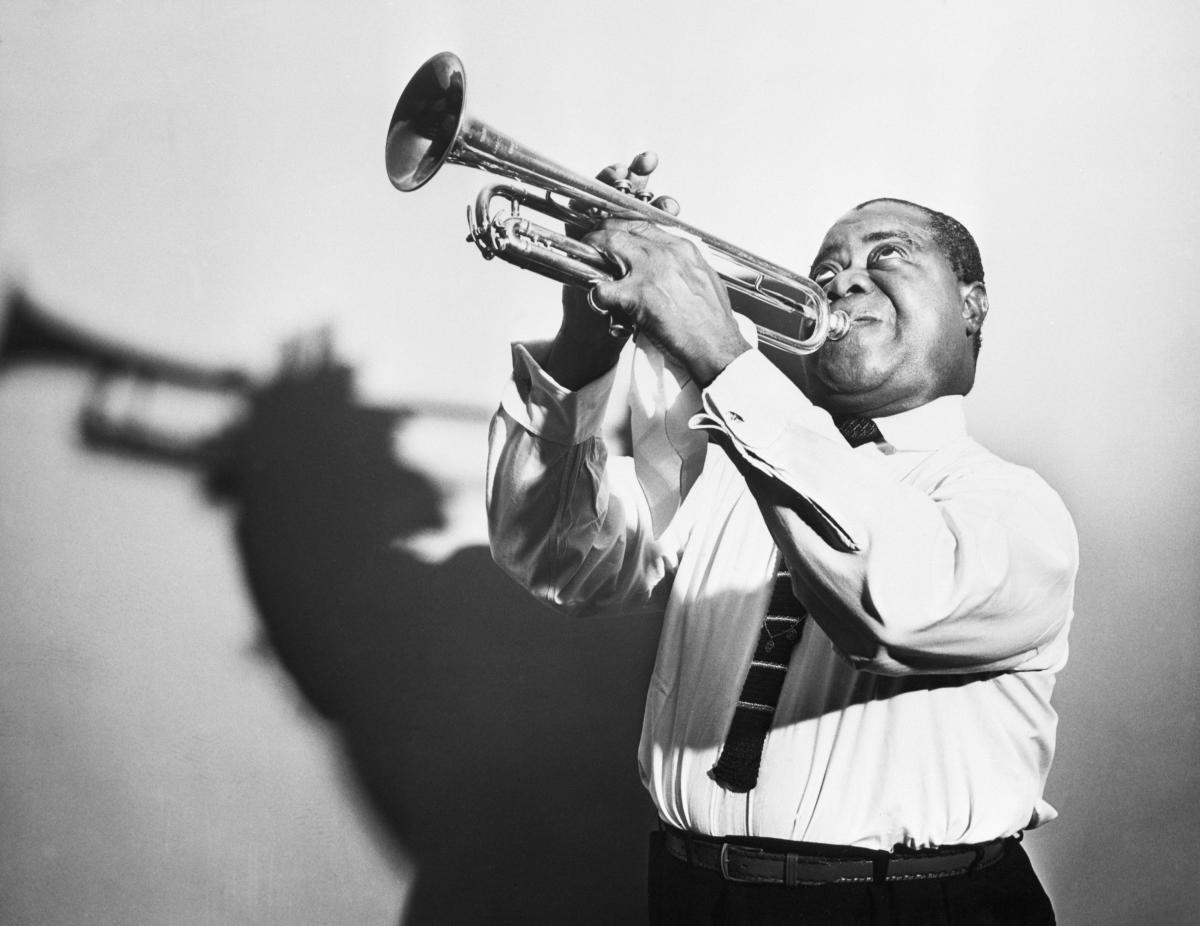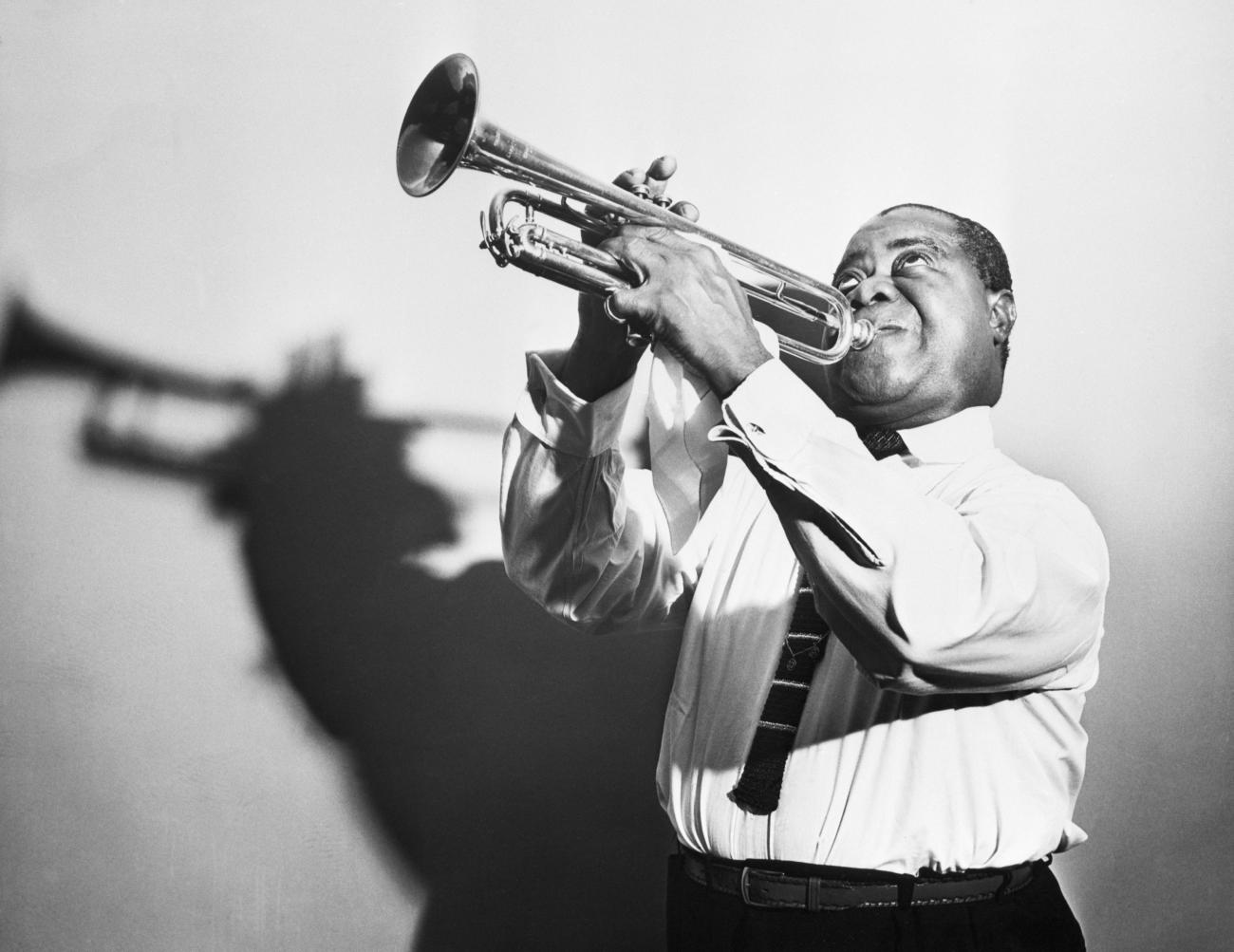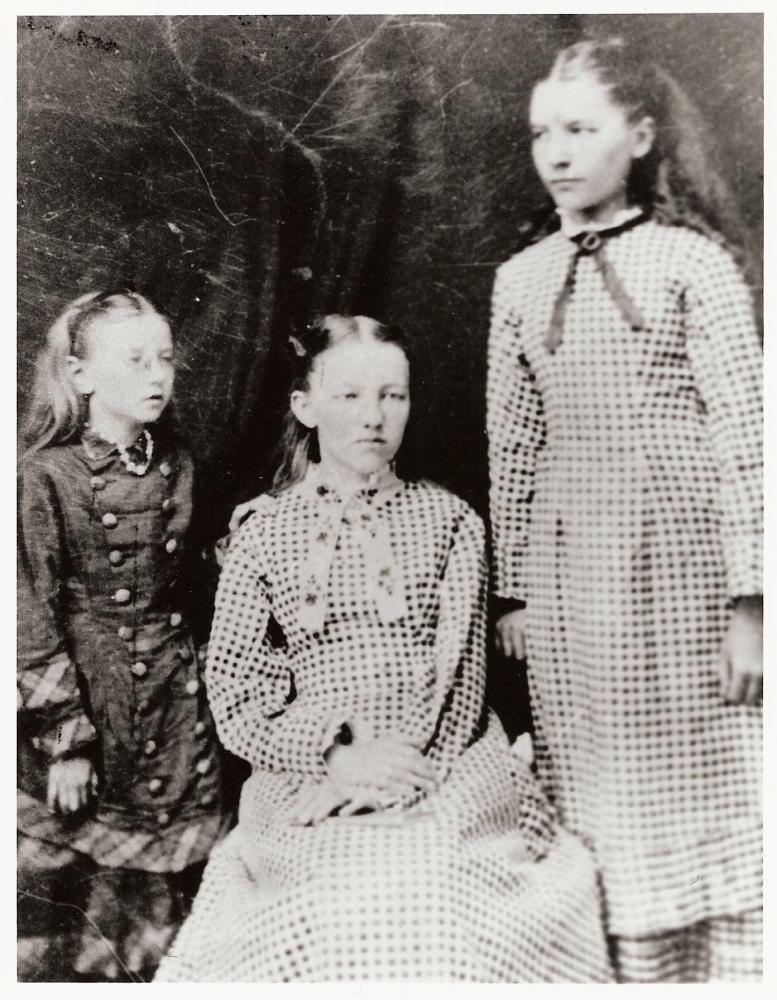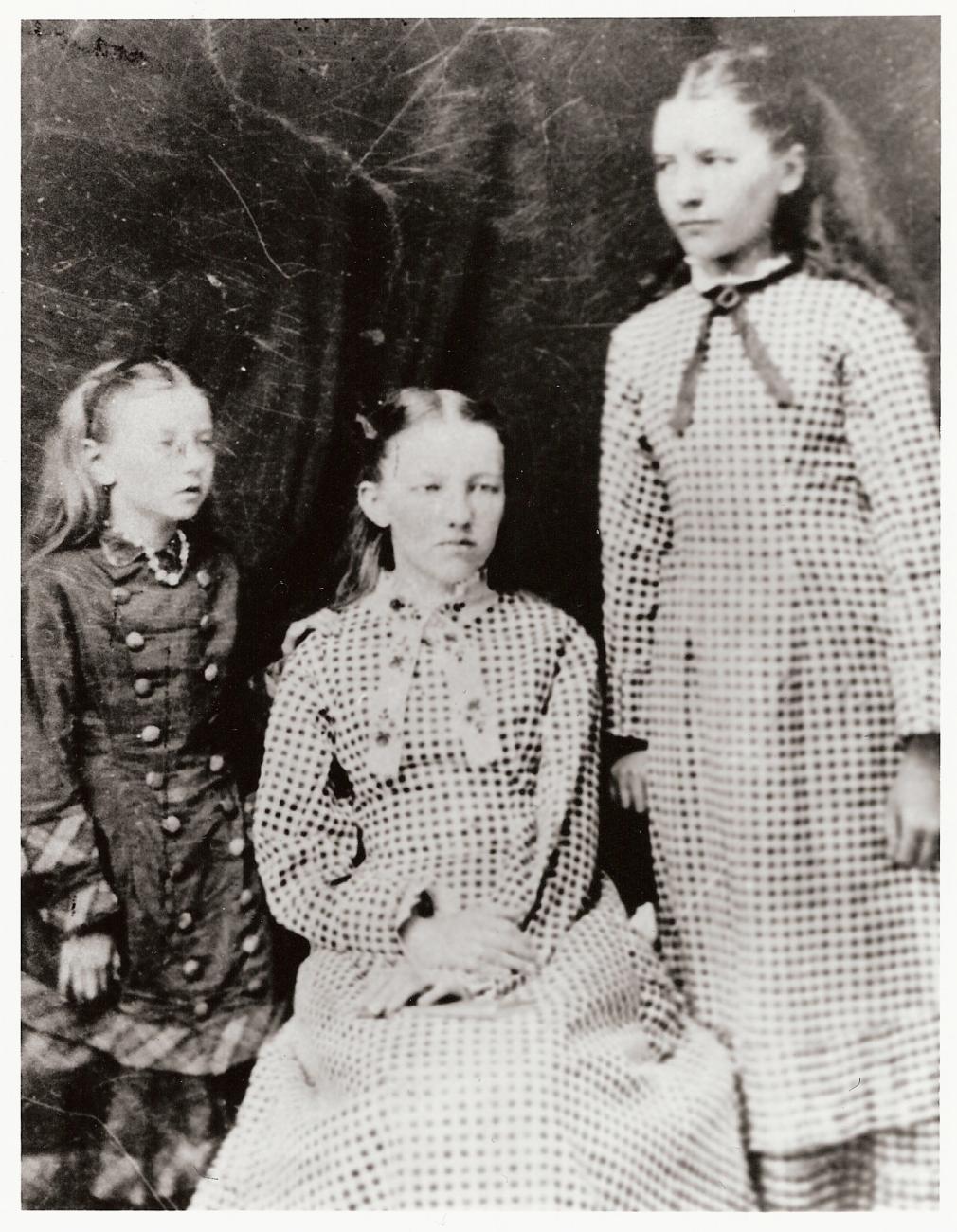More than thirteen hundred projects have been funded as part of the We the People program. They range from small grants to help institutions begin preserving their collections to hefty challenge grants to help institutions expand and grow. Whether big or small—or somewhere in between—the projects all have one thing in common: They increase our knowledge of the nation's history and the people who made it.
Whether you lean toward original meaning or consider it a living document, projects about the Constitution abound. New programs and centers to study the Constitution and its legacy are in the works at St. Mary's College of Maryland, George Washington University, Montpelier Foundation, Kenyon College, University of Notre Dame, and Washington College. All of these are being funded through the use of challenge grants.
The University of Wisconsin, Madison, is publishing new volumes of The Documentary History of the Ratification of the Constitution and the Bill of Rights, bringing the total to nineteen, with ten more to follow. If you prefer your history digested, scholar Pauline Maier is working on a narrative history of the ratification, while fellow historian David Kyvig is writing about U.S. Constitutional culture since 1960, what he calls the "age of impeachment."
There is nothing like studying history where it was made. The Landmarks of American History and Culture Workshops have given more than seven thousand school and community-college teachers the chance to do just that. One workshop, held at Montpelier, looked at James Madison's role in writing the Constitution, and another, based at Mount Vernon, explored George Washington's importance in its adoption.
Does this vest make me look presidential? A clothing collection belonging to James Monroe and his family was conserved by the University of Mary Washington. Meanwhile, the Hermitage, the home of President Andrew Jackson, is getting a complete makeover. A reinterpretation will place Jackson and his home in the context of American history from the Revolution to the Civil War.
Between Monroe and Jackson came Adams, John Quincy. The Massachusetts Historical Society continues production of new volumes of the Adams family papers, documenting the first father-son presidential dynasty. The life and writings of the senior Adams in Braintree and Boston were also the focus of a teacher workshop. At times, John Adams had no love for Thomas Jefferson, but, fortunately, Princeton does. It is working on volumes 34–39 of Jefferson's papers.
While the colonists dumped tea into Boston Harbor, Spaniard Juan Bautista de Anza led the first overland expeditions from Mexico's Sonoran Desert to northern California, colonizing San Francisco in 1776. The Huntington Library's Early California Population Project has created a database of baptismal, marital, and burial records registered by Spanish missions from 1769–1850, providing insights on the settlers, Indians, and soldiers who called Alta California home.
Benjamin Franklin never did any California dreaming, but he did see Paris in the spring.
Franklin—printer, inventor, diplomat, and ladies' man—was the focus of teacher workshops hosted by Villanova and Pennsylvania State University. The rest of the country can learn about Ben too. The exhibition, “Benjamin Franklin: In Search of a Better World,” travels to forty libraries across the country through 2011. Scholar Alan Houston is writing a book about Franklin and the politics of improvement, while Yale University is working on volumes 38–43 of Franklin's papers.
Bostonian Elizabeth Murray has been called the female Benjamin Franklin. Murray ran a successful import business, helped other women open shops, and became part of the swirl of Revolutionary politics. A Web site about her life features primary documents and teaching resources.
Murray didn't fit neatly into society's ideas about the role of women. The same could be said of Jane Addams and Eleanor Roosevelt. A new permanent exhibition is in the works for Hull-House Museum, the settlement house founded by Addams, and the University of Illinois, Chicago, hosted a teacher workshop about Addams's life and her involvement in the Progressive movement. After Franklin Roosevelt contracted polio, his wife Eleanor became his emissary, descending into mines and climbing onto tractors in his stead. George Washington University is editing her papers and creating a searchable database of her “My Day” columns.
When students at Washington D.C.'s Howard University picketed lunch counters that denied them service, Eleanor Roosevelt publicly lauded their efforts. The National Trust for Historic Preservation traced the journey of African Americans living in the nation's capital from slavery and emancipation to Reconstruction and segregation. Stanford University is developing a Web site with primary documents and teaching resources about Martin Luther King Jr. and the modern Civil Rights Movement.
The Trans-Atlantic Slave Trade Database, which helped pioneer the digital humanities field, is getting a tune-up with eight thousand new entries, supplements to nine thousand existing entries, and expanded online access. The Thomas Jefferson Memorial Foundation used a challenge grant to endow its Digital Archaeological Archive of Comparative Slavery.
You can't sing if you don't know the words. The American Antiquarian Society cataloged and rehoused three thousand song sheets and poems printed as broadsides from 1850 to 1876. More than 4,670 hours of original analog sound recordings of folk and traditional music are being digitized by the National Council for the Traditional Arts. At a summer institute hosted by the University of Pittsburgh, teachers studied music as a window onto American history.
You can sing, but can you swing? Jazz at Lincoln Center is using a challenge grant to endow staff positions and fund humanities programming. Howard Pollack's George Gershwin: His Life and Work offers a comprehensive look at the composer's career, and Brian Harker is working on a book about Louis Armstrong and the rise of jazz. A teacher institute hosted by Washington University and directed by Gerald Early examined the history of jazz in American life.
Salty songs (and a bit of rum) helped sailors maintain ships of the line. The USS Constitution Museum is hoisting a new permanent exhibition about the ship's crew and how their service during the War of 1812 shaped their lives and the young nation's image of itself. From blockade to perimeter patrol: Nebraska's Fort Robinson was the focus of teacher workshops about its role in the history of the West. The fort started as a temporary army outpost in 1874, and evolved into one of the largest Plains military installations. The Minnesota Historical Society is installing a permanent and traveling exhibition about its "Greatest Generation," looking at the experiences of Minnesotans who fought World War II.
Too old to fight, poet Walt Whitman salved the wounds and souls of injured soldiers during the Civil War. The Walt Whitman Archive is using a challenge grant to ensure long-term access to its comprehensive Web site. The correspondence and journals of literary rival Henry David Thoreau are being edited by the University of California, Santa Barbara.
Thoreau's retreat from civilization looks like a picnic compared to the homestead experiences of Laura Ingalls Wilder's family. The Laura Ingalls Wilder Memorial Society, Inc. preserved its collection of photographs, clothing, books, furniture, and historical artifacts belonging to the author, ensuring that more than just Wilder's Little House on the Prairie endures another South Dakota winter.
Like Whitman, Mark Twain got his start as a newspaper man. The Mark Twain Project, based at University of California, Berkeley, is putting the finishing touches on digital versions of Twain's letters and autobiographical writings. The Mark Twain House hosted teacher workshops on the Gilded Age and the treatment of race in Twain's novels. The museum also received a grant to preserve artifacts and archival materials related to Twain's life. Scholars Jerome Loving and Kerry Driscoll are both at work on books about Twain. Loving is doing a biography, while Driscoll is examining Twain's evolving views about Indians.
Twain once asked, “Is Shakespeare Dead?” He's as dead as Julius Caesar, but the Bard's creative genius lives on. Shakespeare in American Life, a radio program narrated by Sam Waterston, explored the impact of Shakespeare's work on American civic and cultural life. The influence of fellow Brit and word-stylist Winston Churchill on American politics and the shaping of the Anglo-American relationship was the topic of a teacher institute.
It's not the Globe, but the U.S. Supreme Court offers plenty of drama. The radio program Thurgood Marshall Before the Court looked at the life and career of the first African-American justice. The Bill of Rights Institute is readying a resource book and a Web site for high school teachers and students on important Supreme Court cases.
And with that, this roundup is now out of session.

